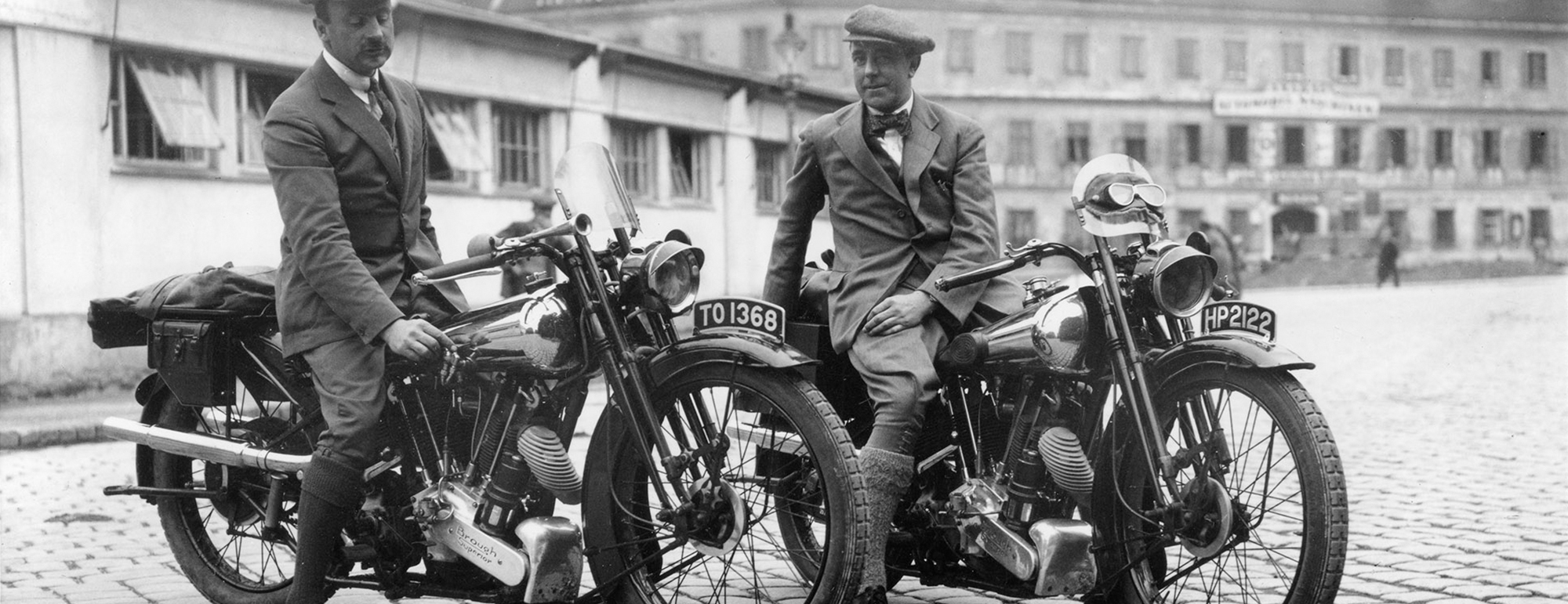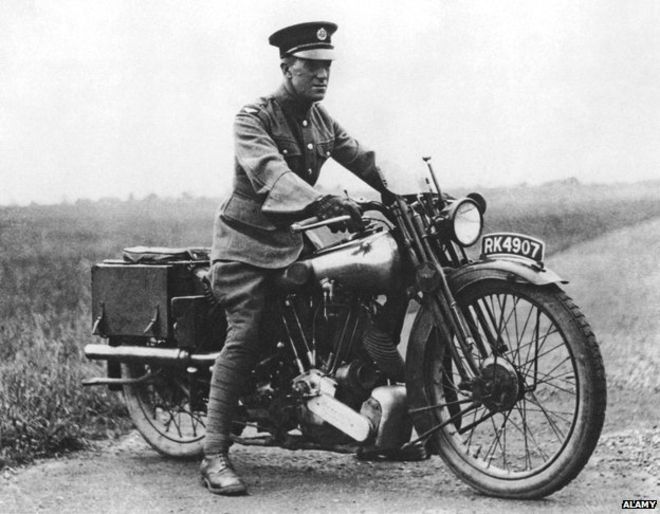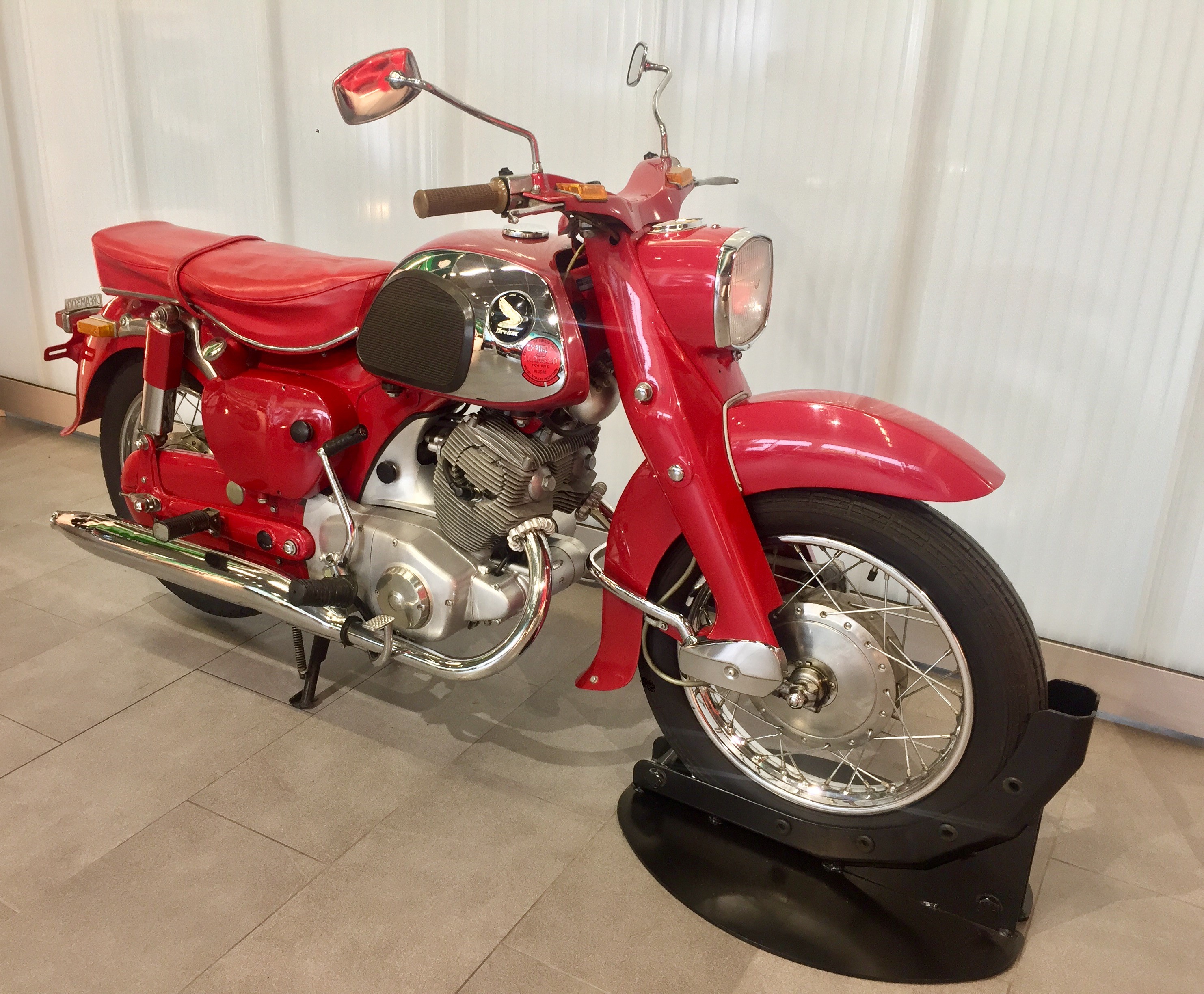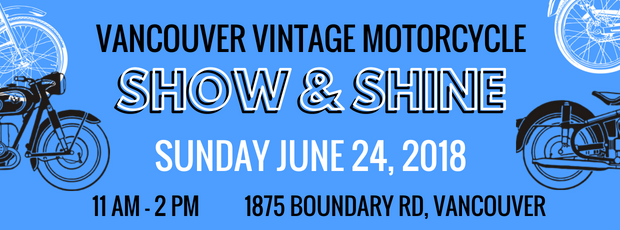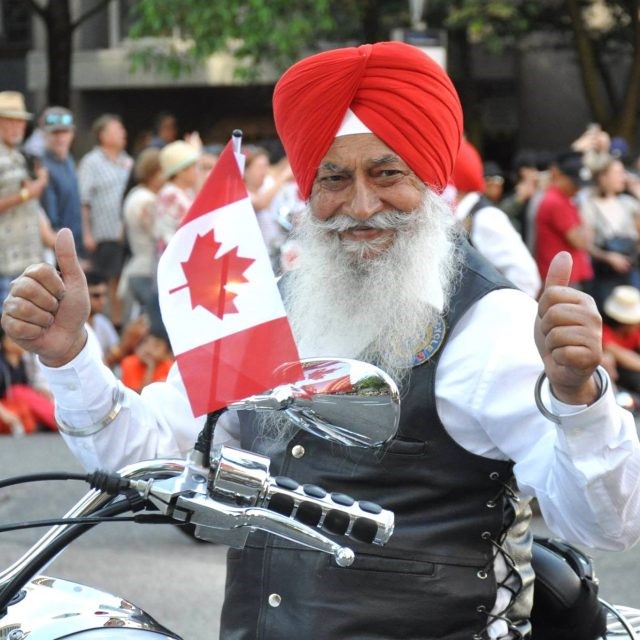Speed Week 2018 is in the books and a number of records were broken. To celebrate, yours truly at the Deeley Motorcycle Exhibition dusted off our own Bonneville champion, the 1998 Buell Lightening S1.

To celebrate the 20-year anniversary of the Buell’s record-breaking run, I sat down with two members of Team Deeley; Shane Kenneally, the record setting racer and Terry Rea, the Crew Chief, and revisited the events leading up to and including the big race on August 7, 1998.

So how did this idea of racing the Lightening S1 at Speed Week come about?
Shane Kenneally, Racer: I did some mathematical calculations on my slide rule and realized it was possible for the Lightening to break 150 mph. After doing the math, I walked into the Deeley Exhibition and discussed this with Terry.
Terry Rea, Crew Chief: Right off the bat I should tell you that Trev (Deeley) was not keen on the idea of us racing at Bonneville. We had to convince Trev that straight-line racing was racing since he was never interested in land speed records. To him racing was dirt/flat track not drag or time trials.
Shane Kenneally: But this was where the idea sprung from. Trev and I spoke about this further on a number of occasions and eventually we put a team together.

Terry Rea: Even though Shane did his slide rule calculations, Trev still called the Buell engineers and asked if their bikes could reach 150 mph; they said it was not possible. Trev was skeptical but both Shane and I challenged him saying it could be done.
What was so special about this motorcycle?
Rea: The Lightening was an unmodified bike. The only things we did were get European belts and sprockets for better gas mileage and a steering dampener to control wobbling. As a matter of fact, we entered the bike into the 1350cc Production-Push Rod Class but in reality, our bike was only 1200cc. We were giving up 150cc!!
I heard there were some issues leading up to the race. What happened?
Rea: The engine suffered serious damage on the dynamometer the day before it was scheduled to leave. Over-revving bent a pushrod and we didn’t have a spare! We managed to find a dealer in Victoria (Steve Drane) who had one but it was lost at the bus depot. I had to bribe the terminal workers with a Harley test ride so they would search for it. We repaired the bike at the very last minute, rode it from the back of the shop to the front and loaded it into the trailer. Since we needed to be there the next day, Jason McVickers and I drove all night to get there in time.
Kenneally: I didn’t even know the pushrod was broken. I had left before everyone else. Trev flew everyone there except Terry and Jason who drove.
Rea: We had to detour through Prosser, WA. which added 2 extra hours to the drive. The tech inspection at Bonneville was closing at 5pm and we rolled up at 4:30; 22 hours after we started! The first run wasn’t until the next morning though.
So now you’ve made, how was race day?
Kenneally: The weather was great, it was hot!
Rea: We had traction the whole way, tires were not slippery.
Kenneally: I did three runs altogether. The first run hit 132 mph (the record was 144) but the bike was misfiring on the top end. I jetted out the carbs a couple of times and the second run was 142 mph. Peter Sellers (Team Deeley Mechanic) jetted out the carbs twice more. On our third run we broke 150 mph. We did our return run the next morning, again over 150 mph, so our average was 150.022 mph, a new record!
Rea: Bonneville has its own radio station so after the third run as I was nearing the CB radio I heard, “That’s a new track record set by Trev Deeley Racing!” Trev and I ran to the truck and listened enthusiastically. That was the first time I ever saw Trev running (Terry muses).
What was the reaction like from the crowd?
Rea: There were congratulations all around as everyone celebrated that the rookies set the record! Trev asked me how I knew the Buell would beat 150 mph and I answered, “Shane’s Slide rule!”
Kenneally: I was pretty close to my calculation (Shane laughs). Eric Buell said 144 mph was the best the Lightening could do. They did hundreds of runs but we beat them in only three. It was hard to get Trev excited, but he was pleased with the Buell record. Looking back, the Buell was very stable, the most rock-solid bike I ever raced in Bonneville. It was just “waaaaahh’ing along” and I was just sitting there watching the mountains fly by…

The aftermath of the Buell Lightening’s record-breaking run was a huge success for Trev Deeley as he made full use of the bike as a marketing tool. The Lightening was sent on a cross country tour of Canada and sales for Buell motorcycles more than doubled. The next year The House of Buell (Buell dealership) opened its doors on Boundary Road in Vancouver.
Along with the Buell Lighting S1, Team Deeley raced 3 other bikes at Speed Week 1998. Shane raced a Suzuki Gamma RG500 and Jason McVickers raced both a 580cc Gamma in Modified Gas and a 750cc GSXR Suzuki. All three bikes broke their respective records which still stand today.


